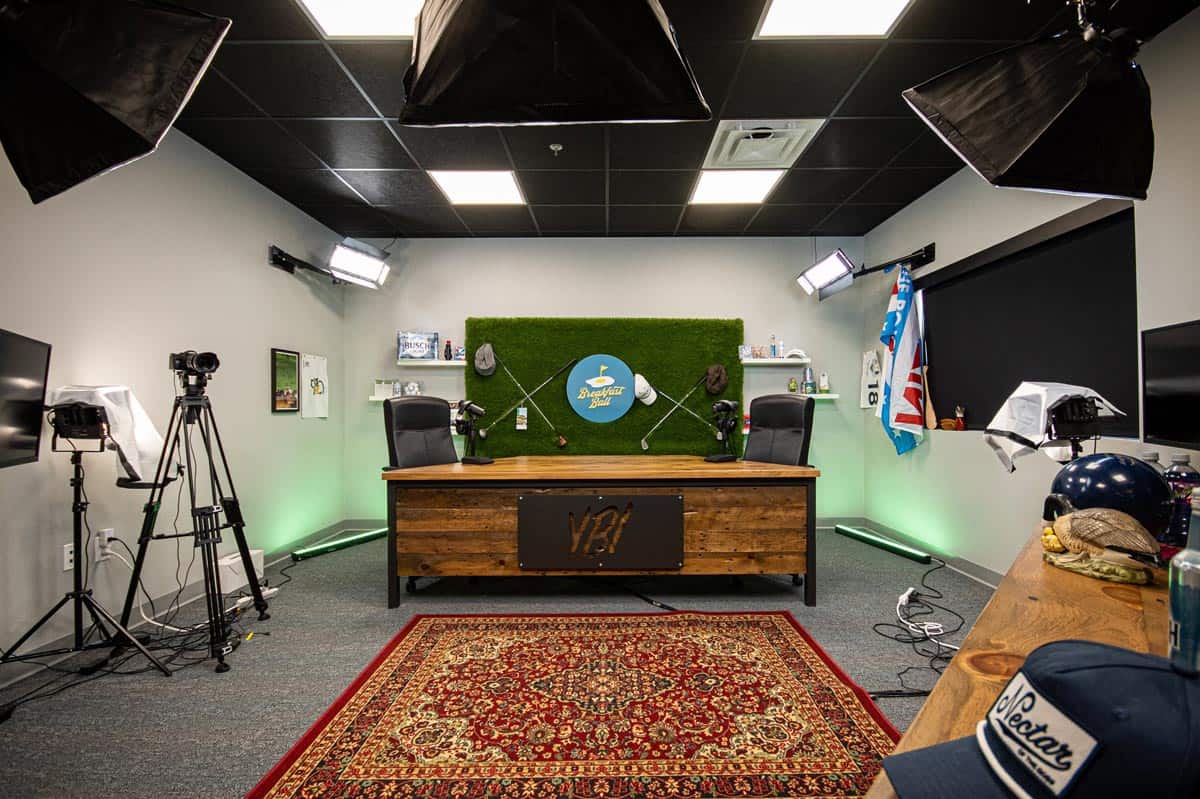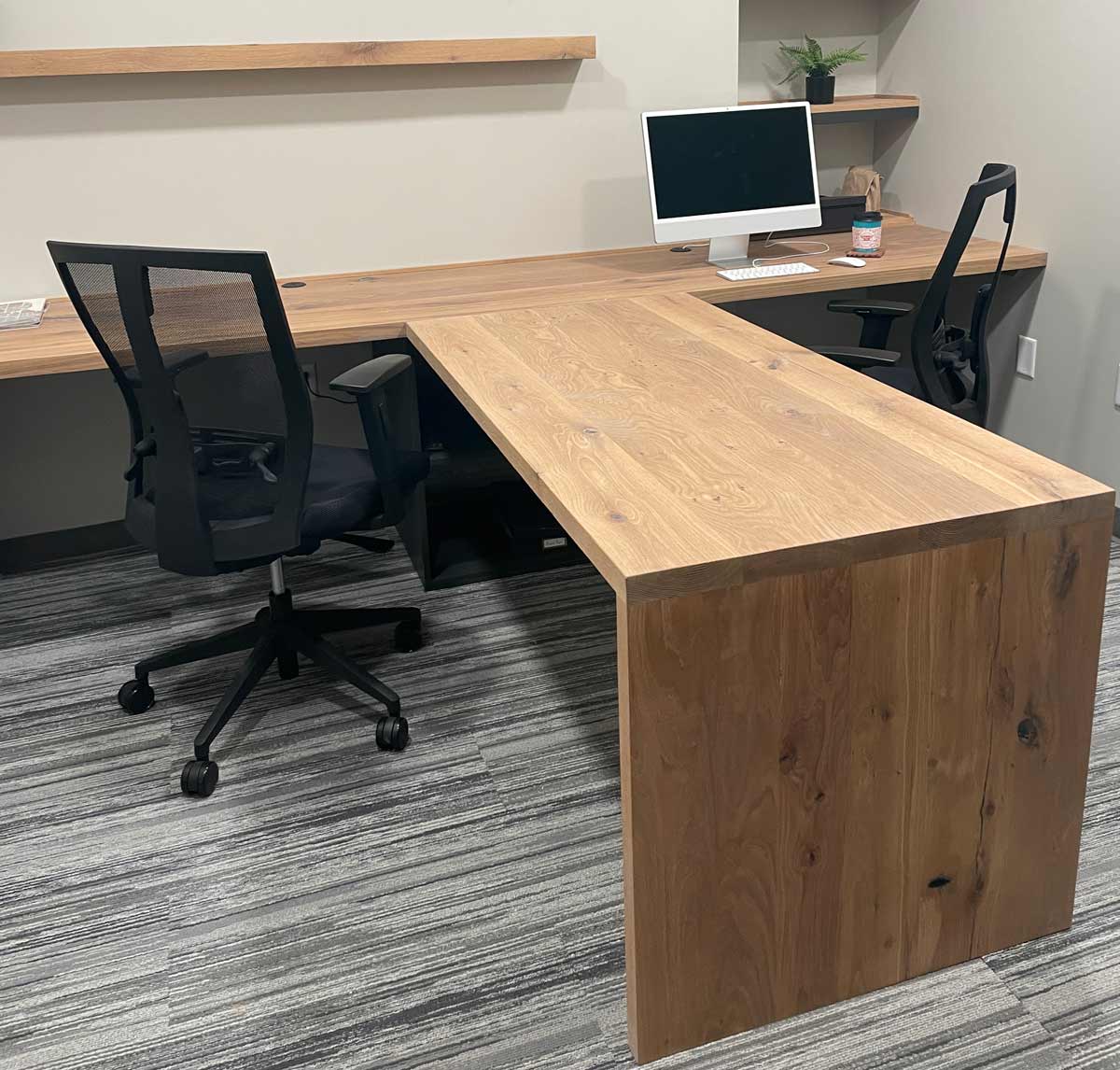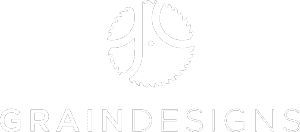
Podcast & Media Desks
It goes without saying that every podcast is different and therefore every podcast desk has different advantages and disadvantages for every situation. Depending on the
Whether you’re building your own dining table or you’re considering having Grain Designs or another company custom make one there are seemingly endless decisions you need to make to get you from design to the completed piece. You can pick your base style, wood species, thickness, surface texture, stain color, and most importantly, your finish.
With all of these looming questions your table’s final finish may become an afterthought when it reality it may be one of the most important decisions you make on the whole project. Choosing the right finish for your table is crucial as it will impact both its appearance and durability so lets find which finish works best for your application.
When choosing your finish there are many different options you have available: lacquer, polyurethane, varnish, wax, oil, and epoxy. All of these have different applications and may not work for your specific project but as your teacher said years ago, “There may be several right answers but one is more right than the others.”
A polyurethane finish is the one of the more popular finishes we offer at Grain Designs and is . It is typically applied in tandem with a stains although it can be applied on unstained wood as well. Applied over unstained wood it can give a slightly yellow tint to the wood surface that exaggerates the differences in wood grain between light and dark areas. The polyurethane clear coat can be applied with a brush or roller although we apply with a spray gun for a more consistent finish. With either method, a few coats with some very light sanding between coats will seal the surface from outside air and moisture and provide a smooth durable surface to work, eat, or drink on and is more than capable to withstand the spills it will see.
With so many different options available, the perfect poly clear coat for you application can often be found at your local hardware store. While we prefer to use an oil based matte finish poly at Grain Designs, there are also water based options as well as high gloss and semi gloss versions available.
Polyurethane is a fairly durable finish, it isn’t bullet proof, or child proof for that matter. What often scares customers is surface abrasions and how they appear over time. While accidents are sure to arise we prefer to embrace them as it will truly tell the story of your piece as it lives with you. With use, your table will most likely get an occasional mark or scratch from a rogue child or rowdy animal. Although those cosmetic abrasions compromise the once perfect finish, a table from is meant to be used and each mark tells part of that pieces life. That is part of the beauty of the poly clear coat, while your table is not going to be perfect forever, it was never meant to be.
If you have a polyurethane finished wood surface, we recommend cleaning with a simple solution of dish soap and water, other natural wood cleaners that are free of alcohol or polishing agents can be used as well but we prefer good old soap and water. Avoid wood polishing cleaners such as Pledge or harsh chemical cleaners and abrasive pads, as they can damage the finish. The use coasters or mats is recommended under hot dishes to prevent heat damage. The best maintenance is preventative maintenance so wipe up spills with a clean, damp cloth to prevent potential damage.
Lacquer has been an extremely popular wood finish throughout time and can be found on some of the early works from Grain Designs especially on some dining and coffee tables. It is extremely popular for smaller personal projects as it is easy to apply with an aerosol can but it can also be brushed or sprayed on as well. Lacquer is typically a high gloss sealer when compared to most other finishes although it is available in other sheens. It’s durable finish is great for high used surfaces as it is very resistant to water, alcohol, or staining.
The most common complaint of lacquer is the yellow tint that comes with age in all lacquer products. The yellowish hue can be seen when applied on an unstained piece of wood but becomes much more pronounced with age. While it is a durable finish scratches and imperfections that arise through the life of the piece are typically time consuming and labor intensive to repair correctly.
For cleaning and care, the method of cleaning is a small mixture of soapy water and most messes can be easily cleaned up. Avoid heavy detergent cleaners containing ammonia, alcohol or strong solvents as these can ruin the the sheen of your surface. The best preventative maintenance is to use coasters and mats under drinks and hot cookware.
Oner of the most popular wood finishing products ever is a varnish. Varnish is a product that we at Grain Designs don’t use much but has been historically popular among woodworkers for centuries. It still has its place in modern woodworking although with the introduction of polyurethanes, oils, and other clear coats it’s use has diminished. Varnish finish provides a hard, protective layer that is highly resistant to scratches, spills, and stains. It comes in a variety of finishes, including matte, satin, and glossy, and is easy to clean and maintain.
The main downfalls of varnish are it can be prone to cracking over time, if that does occur, it is often very time consuming to repair with or without industrial equipment. They can also give the wood a plastic-like appearance, which may not be to everyone’s taste. As with many other clear coat finishes, varnish can be prone to yellowing over time especially when exposed to UV light. This is especially true with oil based varnishes, yellowing can be diminished by using a water based varnish instead.
To clean a varnished surface, use a mild solution of water and a small amount of dish soap when needed. Wipe up spills promptly with a clean, damp cloth to prevent damage, and avoid using harsh cleaners, ammonia, alcohol, or strong solvents. Additionally, protect the varnished surface by using coasters or mats under hot dishes and glasses to prevent heat and moisture damage. These simple steps will help maintain the beauty and longevity of your varnished furniture.
The personal preference of the production shop, designers, and customers of Grain Designs is a hardwax oil finish or more specifically Rubio Monocoat. Hardwax oils can typically very easily be applied in a single layer by wiping or spreading a thin layer of the entire surface followed by light buffing with a clean rag to remove any excess oil. Multiple layers may be applied but is often not necessary, to ensure proper application, defer to the manufacturer label to find what is required for your product.
This finish are often desired because of the enriching natural color it brings out in the wood while also retaining of the natural feel of the grain. It’s sheen is most commonly matte but it can sometimes be found with some minimal gloss. If a higher gloss finish is desired while retaining the look of a hardwax oil, a ceramic coating may be applied after the oil finish has dried.
The biggest downsides of an oil finish are the extended drying time required for the finish to cure and the limited species it can be used with. Typically the curing time for a hardwax oil is around a month but if a hardener is in combination with the color that time can be dropped down to just 7 days. There are oil finishes out that can be cured instantly with UV light but those devices are often quite expensive on an industrial scale. While applying a hardwax oil finish to your table does increase the durability of your table, it cannot be effective with all woods. Specifically in cases with softer woods such as pine, the wood itself is too soft and the added protection from the finish will still leave a soft surface.
Cleaning with a hardwax oil finish is very similar to our other recommendations as a simple mixture of soap and water is the best method we’ve found for cleaning. Similarly, using natural water based cleaners would be an adequate cleaner as well but again, we recommend staying away from harsh cleaners containing alcohol. For a more comprehensive cleaning guide you can check out our friends at Rubio Monocoat as they have their own blog dedicated to care.
The journey of crafting the perfect dining table involves numerous decisions, from your wood selection to the stain choice but all of that may be moot if not for the final most important decision of your finish. Through a spectrum of options, each has its unique characteristics. From the popularity and durability of polyurethane to the versatile and glossy appeal of lacquer, and the time-honored protection of varnish. The glory in our eyes shines on the hardwax oil, a single application, enhancing the natural color and durability of the piece. The takeaway is clear: the finish we choose is more than a surface treatment; it’s a statement about the character and resilience of the piece we’re creating. Each piece you create will hopefully with use, tell a story throughout its life; with each imperfection, every mark tells a story. So while the importance of your finish choice may not have been the perfect one, explore the options available to you and make your next piece even more remarkable.

It goes without saying that every podcast is different and therefore every podcast desk has different advantages and disadvantages for every situation. Depending on the

GET FURNITURE QUOTE SCHEDULE A CONSULT Every business small or large has one thing in common and that is the need to be on the

GET FURNITURE QUOTE SCHEDULE A CONSULT The modern workplace is ever evolving and part of that evolution is the need for a healthier lifestyle in

GET FURNITURE QUOTE SCHEDULE A CONSULT The modern workplace has undergone a massive change over the last several years. With work from home becoming increasingly
